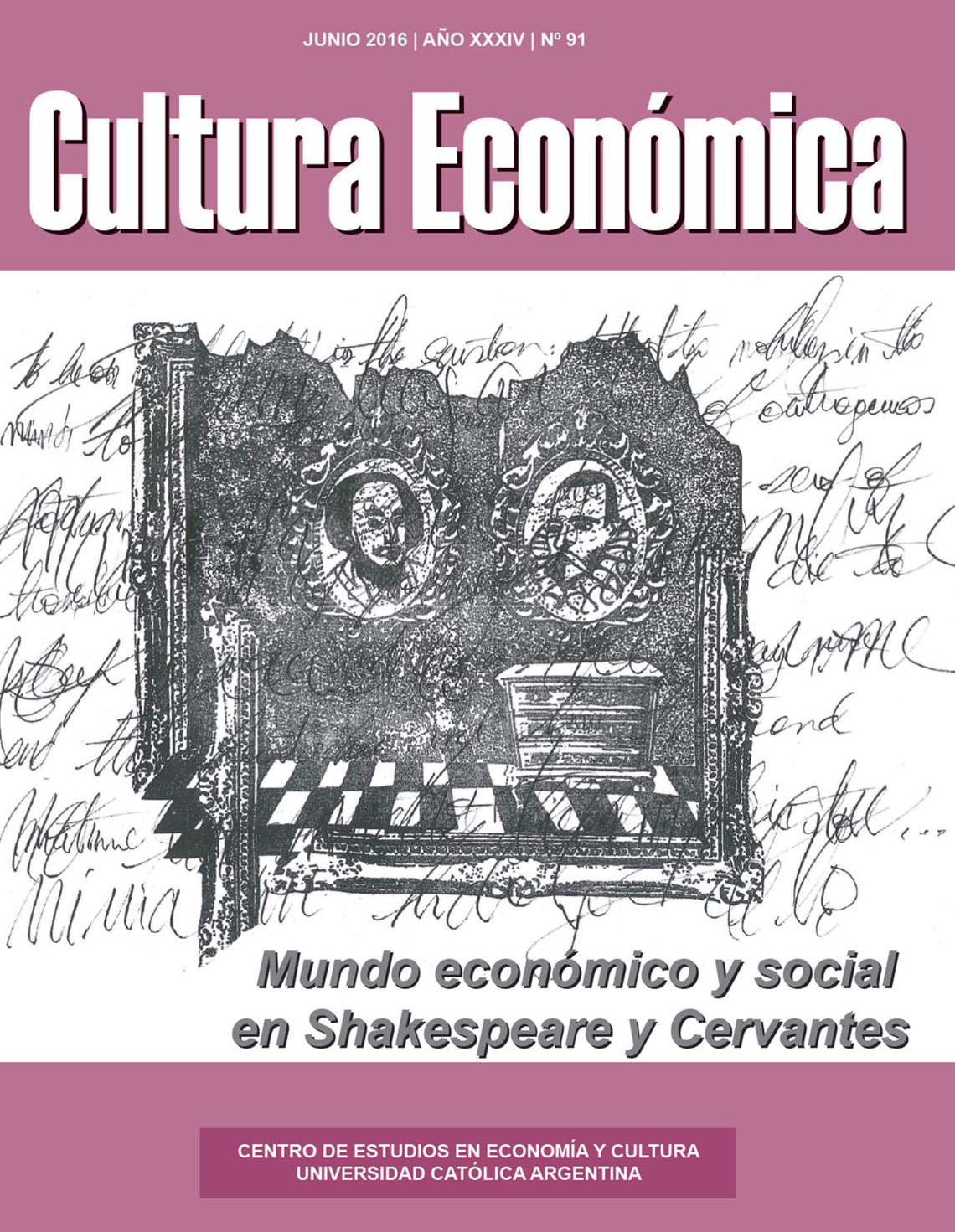Values of a Christian Civilization in Shakespeare's Merchant of Venice
Keywords:
Shakespeare, Merchant of Venice, Christianism, MoralAbstract
In this essay, the author performs a detailed analysis of the figures of Antonio and Shylock, who unfold as antagonistic forces in the Shakespearean drama. While Antonio incarnates the chivalric ideal of virtue, Shylock represents the vice of greed. Then, she focuses on the description of the characters, and particularly of Antonio, in the light of the principles of an authentic Christian life.Downloads
References
Alighieri, Dante (2003) Divina Comedia, “Paraíso”. Texto original italiano con traducción, comentarios y notas de Ángel J. Battistessa. Asociación Dante Alighieri, Buenos Aires.
Eliot, Thomas S. (1942) Four Quartets, 1. Faber and Faber, Londres.
Fray Luis de León (1991) Obras completas castellanas. Biblioteca de autores cristianos, Madrid.
Guardini, Romano (1971). “Il mercante di Venezia di Shakespeare”, en Linguaggio, poesía, interpretazione. Ed. Morcellina, Bresnia.
Santo Tomás de Aquino (1964) Suma Teológica. La Editorial Católica, Madrid.
Shakespeare, William (1964) “El mercader de Venecia”, en Comedias.
Downloads
Published
How to Cite
Issue
Section
License













